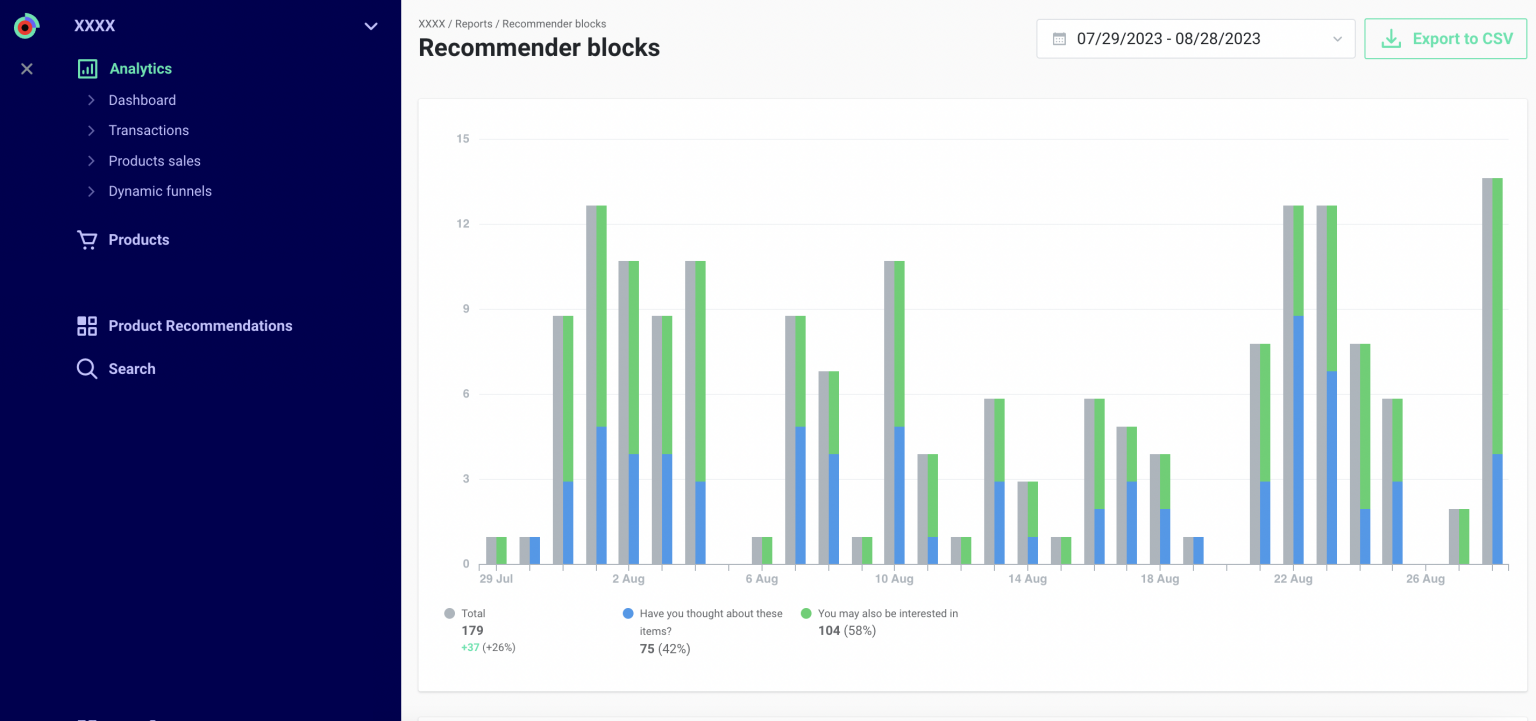Kameleoon: Complete Buyer's Guide
Enterprise-grade AI conversion optimization platform
Kameleoon positions itself as an enterprise-grade AI conversion optimization platform that unifies web personalization, A/B testing, and feature experimentation within a single interface. The platform's core differentiator centers on transparent AI decision-making through its proprietary Multi-Stat Engine, which combines Bayesian, Frequentist, and CUPED methodologies—a claimed advantage over competitors like Optimizely's single-engine approach[58].
Market Position & Maturity
Market Standing
Kameleoon occupies a strong position in the enterprise conversion optimization market, competing directly with established players like Optimizely and Adobe Target while maintaining differentiated technical capabilities and customer satisfaction metrics.
Company Maturity
Customer testimonials consistently highlight "outstanding customer service" and "daily support on technical/operational aspects"[51][53], indicating mature support operations that scale with enterprise client requirements.
Growth Trajectory
The platform's TrustRadius ranking as #1 in A/B Testing and E-commerce Personalization categories[51] demonstrates market validation among verified enterprise users.
Industry Recognition
The platform's 5.5% Sample Ratio Mismatch (SRM) occurrence rate, below industry average[48], demonstrates technical excellence that supports market credibility.
Strategic Partnerships
The platform's native GDPR/CCPA/HIPAA compliance[42][46] and enterprise integration capabilities suggest established relationships with compliance and infrastructure providers.
Longevity Assessment
The platform's focus on enterprise clients provides revenue stability, while documented customer success cases like Decathlon, La Redoute, Accor Group, and Varnish & Vine[40][49][48] demonstrate sustained market traction across multiple industries and implementation scenarios.
Proof of Capabilities
Customer Evidence
Enterprise Customer Evidence includes notable implementations across retail, hospitality, and e-commerce sectors. Decathlon leveraged predictive targeting for dynamic pricing experiments, resulting in "double-digit revenue growth" through real-time content adaptation based on user behavior patterns[40]. Accor Group achieved 70%+ click increases through homepage CTA tests during their structured implementation phases[49].
Quantified Outcomes
Varnish & Vine, a mid-market retailer, recorded 5-month ROI with 22% revenue lift[48][53]. Vendor claims suggest 85% of companies using Kameleoon's AI see average 25% conversion rate increases[40].
Case Study Analysis
Accor Group's structured deployment: initial no-code A/B tests, followed by advanced feature experimentation, concluding with full organizational scaling within 6 months[49].
Market Validation
Market Validation includes 500+ enterprise clients globally[51] with TrustRadius score of 8.9/10 based on 67 verified reviews.
Competitive Wins
Customer testimonials suggest successful displacement of simpler tools through superior statistical methodology and unified platform capabilities.
Reference Customers
Reference Customer Industries span retail (Decathlon, La Redoute), hospitality (Accor Group), beauty retail (Varnish & Vine), and other enterprise sectors[40][49][48].
AI Technology
Kameleoon's technical foundation centers on three core AI technologies that differentiate it from traditional CRO platforms and provide transparent, enterprise-grade optimization capabilities.
Architecture
Architecture and Deployment capabilities include server-side testing, client-side optimization, and hybrid deployment models that support complex enterprise requirements[49][53].
Primary Competitors
Primary Competitors include Optimizely (enterprise A/B testing leader), Adobe Target (enterprise personalization), VWO (mid-market to enterprise), and Dynamic Yield (retail-focused personalization).
Competitive Advantages
Competitive Advantages center on technical sophistication and transparent AI decision-making. The platform's "Very Low/Very High" conversion probability metrics[43] address black-box concerns common with AI personalization tools.
Market Positioning
Market Positioning Strategy focuses on enterprise clients requiring sophisticated statistical analysis, compliance capabilities, and unified platform architecture.
Win/Loss Scenarios
Win/Loss Scenarios favor Kameleoon when enterprises prioritize statistical rigor, transparent AI decision-making, and comprehensive support over cost optimization.
Key Features

Pros & Cons
Use Cases
Pricing
Featured In Articles
Comprehensive analysis of AI Conversion Optimization for AI Marketing & Advertising for AI Marketing & Advertising professionals. Expert evaluation of features, pricing, and implementation.
How We Researched This Guide
About This Guide: This comprehensive analysis is based on extensive competitive intelligence and real-world implementation data from leading AI vendors. StayModern updates this guide quarterly to reflect market developments and vendor performance changes.
59+ verified sources per analysis including official documentation, customer reviews, analyst reports, and industry publications.
- • Vendor documentation & whitepapers
- • Customer testimonials & case studies
- • Third-party analyst assessments
- • Industry benchmarking reports
Standardized assessment framework across 8 key dimensions for objective comparison.
- • Technology capabilities & architecture
- • Market position & customer evidence
- • Implementation experience & support
- • Pricing value & competitive position
Research is refreshed every 90 days to capture market changes and new vendor capabilities.
- • New product releases & features
- • Market positioning changes
- • Customer feedback integration
- • Competitive landscape shifts
Every claim is source-linked with direct citations to original materials for verification.
- • Clickable citation links
- • Original source attribution
- • Date stamps for currency
- • Quality score validation
Analysis follows systematic research protocols with consistent evaluation frameworks.
- • Standardized assessment criteria
- • Multi-source verification process
- • Consistent evaluation methodology
- • Quality assurance protocols
Buyer-focused analysis with transparent methodology and factual accuracy commitment.
- • Objective comparative analysis
- • Transparent research methodology
- • Factual accuracy commitment
- • Continuous quality improvement
Quality Commitment: If you find any inaccuracies in our analysis on this page, please contact us at research@staymodern.ai. We're committed to maintaining the highest standards of research integrity and will investigate and correct any issues promptly.